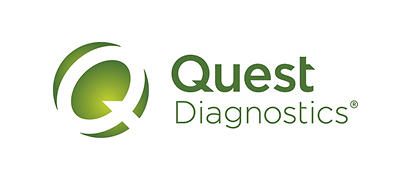Specimen Identification
We cannot accept specimens that are not properly labeled. Two forms of patient ID are required by the College of American Pathologists (CAP). Label primary* specimen container wall (not the lid) with two (2) identifiers and the source of specimen at the time of collection. Place one (1) of the peel-off labels from the Test Requisition onto each specimen container, if available.
Submitted slides must be labeled with two (2) acceptable positive patient identifiers.
Acceptable SECOND patient identifiers may be one (1) of the following:
- Date of birth (month/day/year)
- Other unique patient identifier, e.g., hospital or office ID code or file number
- Quest Diagnostics requisition number or specimen barcode label provided on our requisition
- Other barcode labels can be used if barcode matches the unique identifiers on the printed requisition
*Primary specimen container is the innermost container received by the laboratory.
- Label all slides on frosted end in pencil with patient’s first initial and full last name and a second acceptable, unique positive patient identifier at the time of collection.
- Label specimen containers (on the container wall, not the lid) with the patient’s first initial and full last name and/or unique identifier(s) and site(s) of specimen collected.






